Mashua (Tropaeolum Tuberosum) – 2 Tubers
£11.00
2 Mashua tubers packed in plastic-free packing.
Perennial in mild climates, grown as an annual in the UK | Twining vine up to 3m (10ft) | Full sun to partial shade | Edible tubers, leaves, and flowers
By buying from us you are helping us to support communities. Read more about our 10 for 1 Promise.
Awaiting Re-stock
Mashua (Tropaeolum tuberosum)
*Incredibly rare & very limited stock*
Perennial in mild climates, grown as an annual in the UK | Twining vine up to 3m (10ft) | Full sun to partial shade | Incredibly productive plant with edible tubers, leaves, and flowers.
A plant with history, myth, and a striking presence in the garden, Mashua is a vigorous climber that weaves itself through trellises and fences, its trailing stems cloaked in lush, emerald-green leaves. In autumn, as the days shorten and the air cools, it bursts into bloom with a cascade of fiery orange flowers, reminiscent of its close cousin, the nasturtium. Beneath the soil, plump, knobbly tubers are quietly forming, their smooth skin blushed with cream, yellow, or even violet hues.
Spicy and pungent when raw, Mashua tubers mellow into a chestnut-like sweetness when roasted or boiled, their texture becoming creamy and yielding. A staple of Andean cuisine, they lend themselves beautifully to stews, bakes, and even pickling. But beware, this is not a plant for the faint of palate. High in isothiocyanates, Mashua has a peppery intensity that rivals wasabi, making it a bold and exciting ingredient for the adventurous cook.
In the garden, Mashua is a force for good. Its vigorous growth makes it an excellent supportive plant, deterring pests with its natural insecticidal properties. It thrives in poor soils, and provides excellent yields in both full sun and partial shade. However, a word of caution: traditional Andean wisdom suggests that high consumption of the tubers may have an impact on male fertility, though this is debated. Treat it as you would a strong spice: a little goes a long way. The leaves and flowers are both edible and delicious.
In mild regions, Mashua has a tendency to spread via seed and tuber, so careful planning and rigorous harvesting are required for control. Harvest tubers in October to December and keep some tubers back in a cool dry place to then plant again the following spring.
| Mashua | Mashua |
|---|

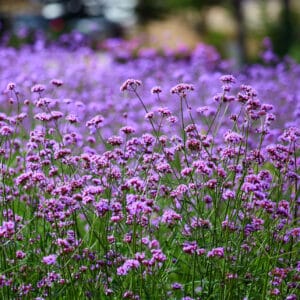 Verbena Bonariensis Potted Plant
Verbena Bonariensis Potted Plant 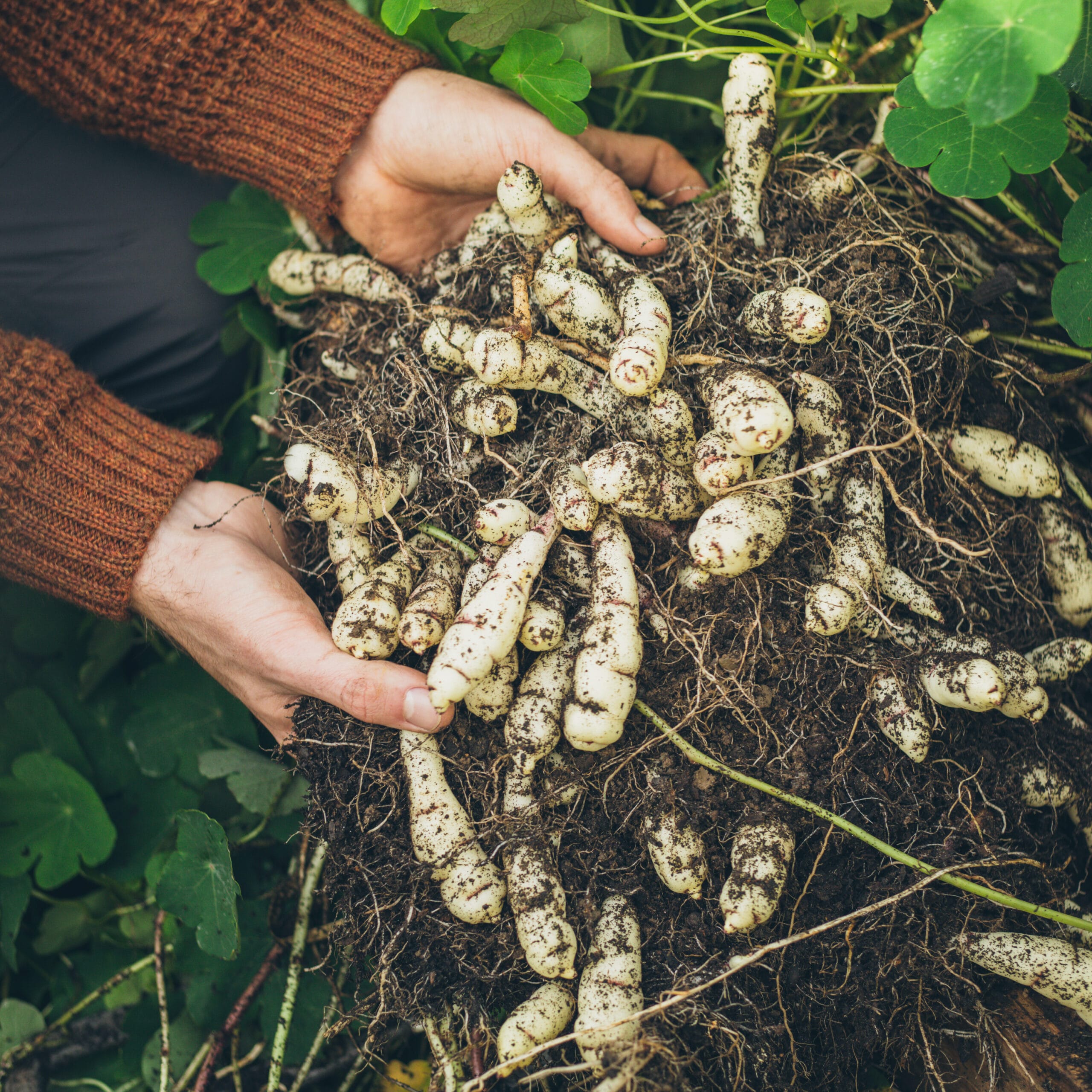
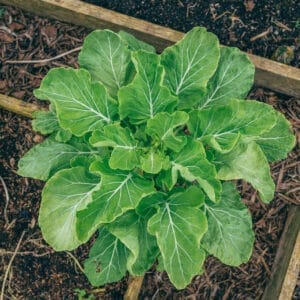
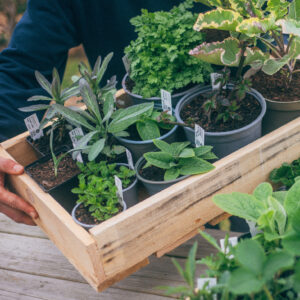
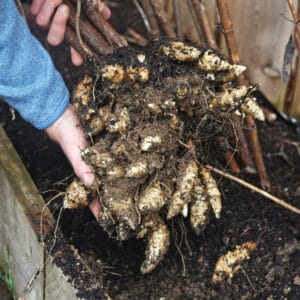





Reviews
There are no reviews yet.